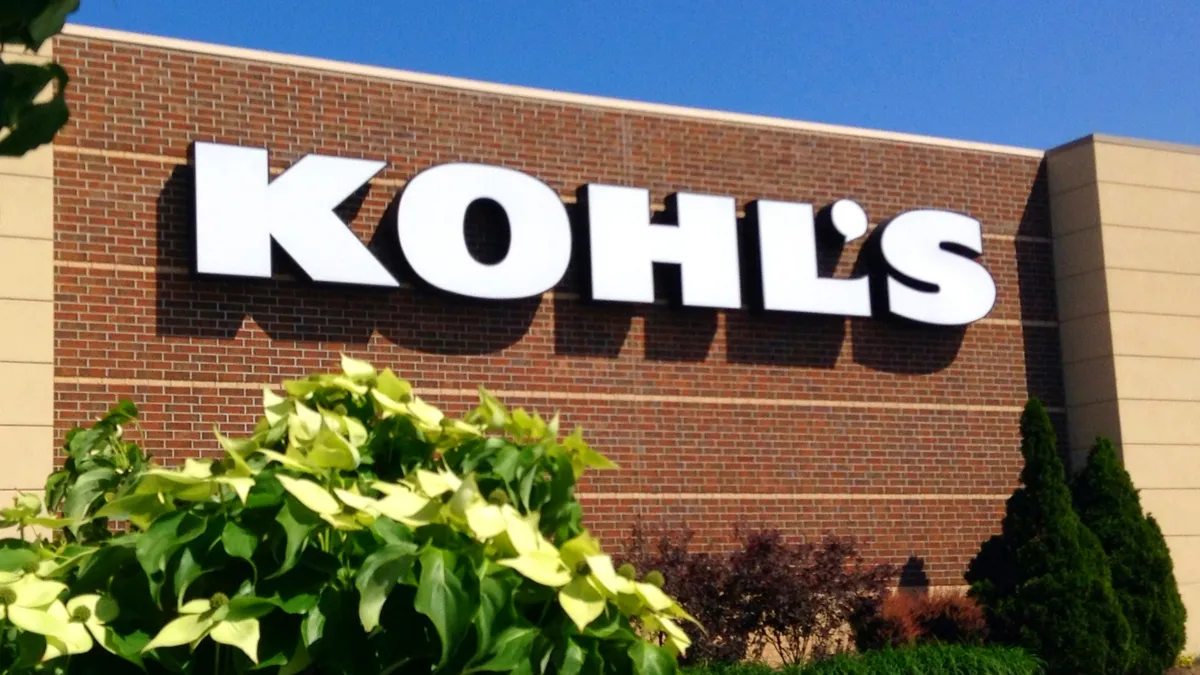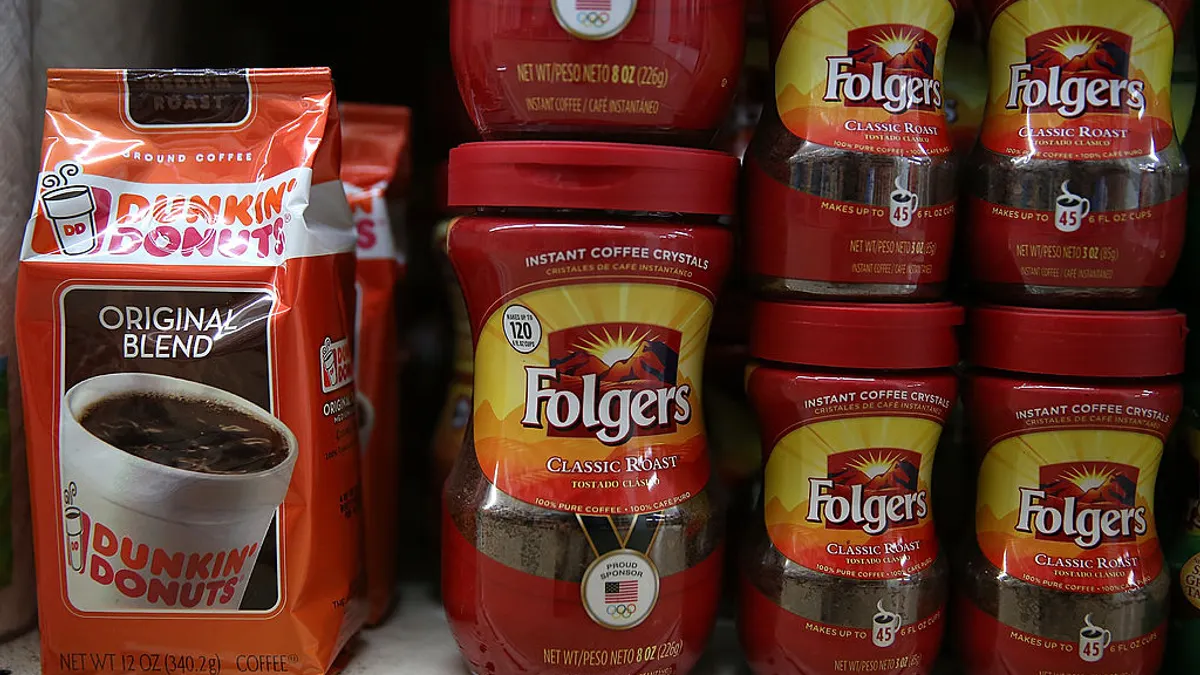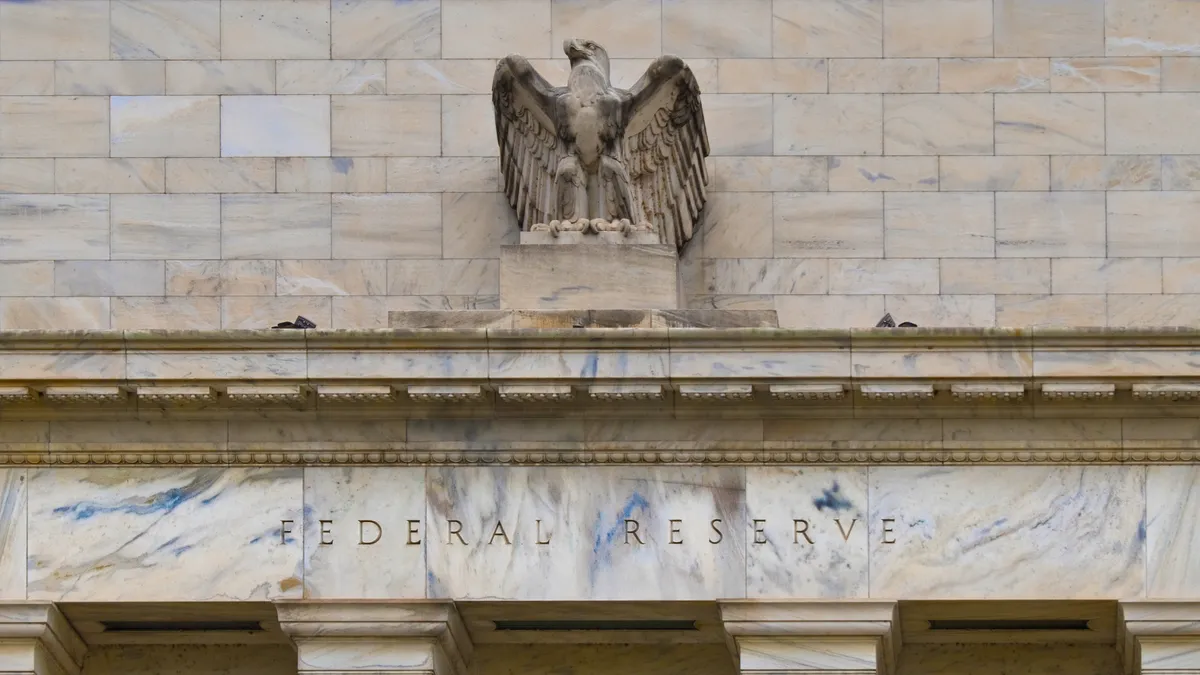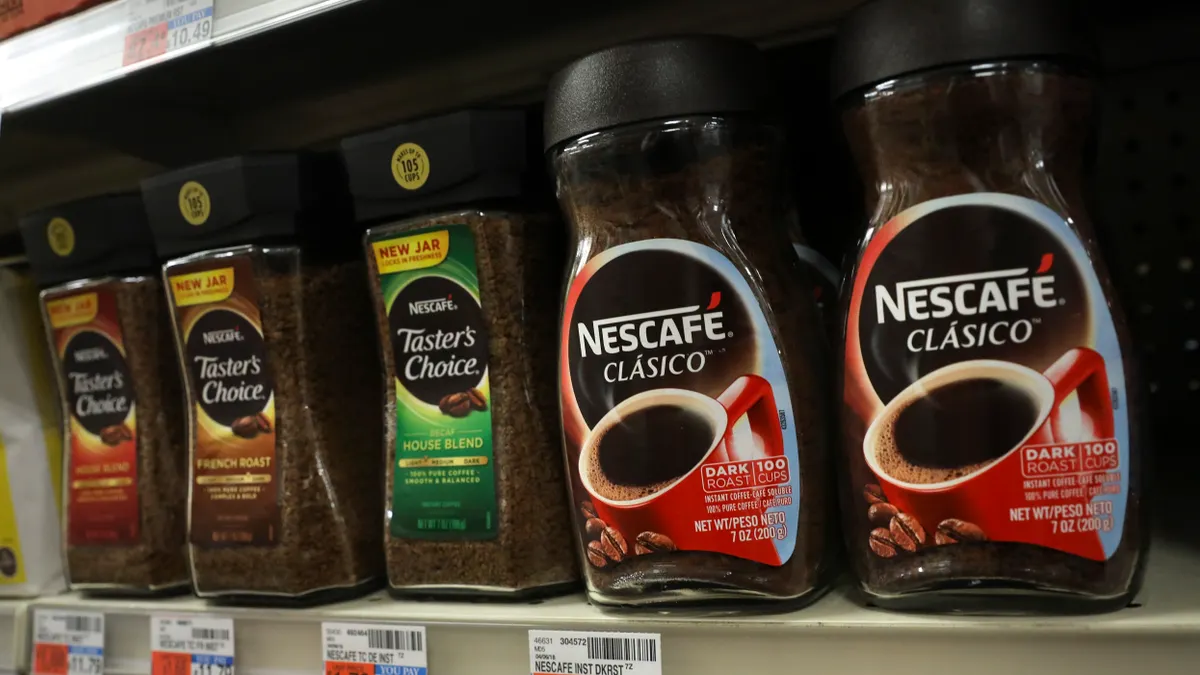My dental appointment confirmation text came with a new message. By confirming the appointment, I was also agreeing to a $19 COVID-19-related cleanliness charge in addition to the normal fee for services.
I agreed to the charge and made my visit. I didn't see obvious new protocols but decided against challenging the dentist as she held sharp tools near my mouth.
While in the chair, my mind drifted and I began to think about how suppliers will pass pandemic-related costs on to customers.
First, I want to acknowledge the pain and suffering companies, employees and suppliers are experiencing.
Reduced staffing, challenging work from home policies, decreased demand, factory layout changes related to social distancing and deep economic uncertainty wreak havoc on income statements and emotions. Add in the cost of personal protective equipment needs for employees, the redesign of customer facing environments, increased signage, changes to workflow and pricing pressures upstream, it's easy to see why companies want to pass on cost increases to their customers. For some, it may be a matter of survival.
But I can be skeptical. Are suppliers passing on COVID-19-related price increases just because they can?
Nearly every cycle, some business condition creates cost challenges, whether it's spikes in precious metals like gold and silver, oil prices that rush past $100 per barrel, industry wide raw material shortages, retaliatory tariffs, and even the high cost of medical insurance.
It's easy to see why companies want to pass on cost increases to their customers. For some, it may be a matter of survival.

The "dear valued customer" letters I’ve received over the years are largely formulaic. They announce a price increase, fill in the blank about the situation causing the price hike and say it's outside of the supplier's control. It reminds me of the old days when my Happy New Year letter from suppliers contained a calendar and new price list.
Of course some price increases are valid. When I pay $4 for a gallon of gasoline, I know the cost of plastics will go up. When the pundits on the business channel shriek about the high cost of gold, I know my specialized electronic connector prices are ticking up.
The goal is to separate fact from fiction. As part of my supplier relationship management process, I like to dig into price and cost analysis with major and critical suppliers. I often agree to price increases, if they are justified due to a material or labor. What I resist are hidden price increases, like the one my dentist has squeezed in.
There are several ways to address the situation:
Accept it. Acknowledge that some suppliers will pass on price increases and you can do little to nothing about it. These increases may include pandemic-related costs, but suppliers are under significant revenue pressures because of shutdowns and restricted operations. They are trying to gain some relief with higher prices. Based on volume and importance, accept the increase.
Negotiate. I’d ask my large suppliers to justify their price increases, including documentation of higher costs and other economic pressures. Often, through this analysis, I gained a better handle on their cost drivers, and they understood my company’s customer-facing pressures. As we learn more about each other’s business challenges, there may be opportunities for cost savings for both sides that offset the COVID-19-related price increases.
Treat it as a temporary charge. One can acknowledge the cost pressures on the supplier by agreeing to an invoice surcharge, and not a change in the unit purchase price. The supplier can bill the surcharge as a separate line item and it doesn’t impact the unit cost, allowing for consistent cost and price analysis. Once an exceptional expense, such as a spike in PPE costs, is embedded into the unit cost of purchase, that cost is then used as the basis for future increases. The true unit cost is essentially obscured. If the situation causing the increase changes, the unit cost is almost never adjusted downward.
Circumstances unique to your business and supplier relationships will dictate which of the above situations to use. If a supplier, perhaps an important small business or HUB supplier under intense pressure, approaches me to accept a pandemic-related increase, I am inclined to accept. In fact, I may actually reach out to some suppliers to broach the subject to make sure they are accurately accounting for their expenses. I’d prefer to pay a bit more now to keep that supplier viable over the long term.
This a tough time for all businesses, including yours. But don’t let your guard down when it comes to supplier price increases. The pandemic is not an excuse for higher prices. It is an opportunity to strengthen supplier relationships and meet the uncertainties of the "new normal" together.
This story was first published in our weekly newsletter, Supply Chain Dive: Procurement. Sign up here.





















